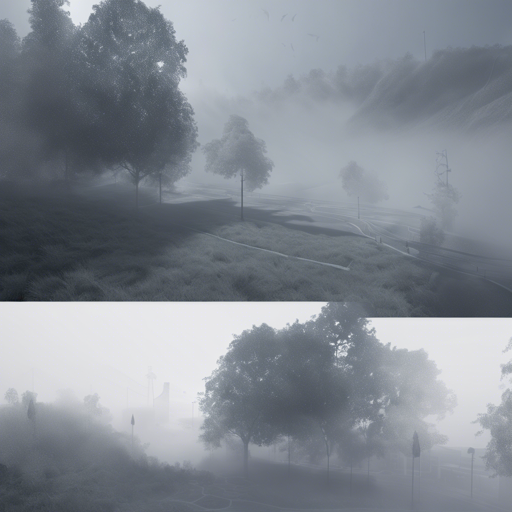Have you ever found yourself in a dense fog, struggling to see where you’re going? Now imagine that happening to autonomous vehicles relying on LiDAR technology for navigation. This innovative project led by Martin Hahner aims to address that challenge. In this guide, we will walk you through how to set up and use the Fog Simulation on Real LiDAR Point Clouds for enhanced 3D Object Detection.
Overview
This repository contains a set of scripts and resources that simulate how fog affects LiDAR readings. The goal is to augment a clear weather point cloud with artificial fog, helping to improve training for algorithms used in object detection during adverse weather conditions.
Getting Started
Follow these simple steps to set up the simulation on your machine:
- Step 1: Install Anaconda.
- Step 2: Create a new conda environment. Run the following command:
conda create --name foggy_lidar python=3.9 -yconda activate foggy_lidarconda install matplotlib numpy opencv pandas plyfile pyopengl pyqt pyqtgraph quaternion scipy tqdm -c conda-forge -y
pip install pyquaterniongit clone git@github.com:MartinHahner/LiDAR_fog_sim.git --recursive
cd LiDAR_fog_simUsage
Now let’s see how to run the simulation scripts:
- To visualize the theory behind a single LiDAR beam in foggy conditions:
python theory.pypython pointcloud_viewer.py -d path_to_where_you_store_your_datasetsUnderstanding the Code
Imagine driving a car on a sunny day; visibility is excellent. However, in foggy weather, your view is obscured, and you rely on additional sensors to navigate. Similarly, the provided scripts simulate this foggy environment, producing an augmented dataset that mimics how LiDAR sensors would behave in such conditions. The fog_simulation.py script works like a weather simulator, layering fog over clear point clouds to create realistic training data for algorithms designed to recognize obstacles.
Troubleshooting
If you encounter issues during setup or running the scripts, here are some troubleshooting tips:
- Ensure you have activated the correct conda environment.
- Verify that all required packages are installed without errors during the initial setup.
- Check the paths in pointcloud_viewer.py if the datasets aren’t loading correctly.
- For compatibility issues, ensure your operating system meets the requirements (Ubuntu, macOS, or Debian as tested).
For more insights, updates, or to collaborate on AI development projects, stay connected with fxis.ai.
Conclusion
This project is funded by Toyota and demonstrates the importance of innovative research in making autonomous vehicles more robust against adverse weather conditions. At fxis.ai, we believe that such advancements are crucial for the future of AI, as they enable more comprehensive and effective solutions. Our team is continually exploring new methodologies to push the envelope in artificial intelligence, ensuring that our clients benefit from the latest technological innovations.

